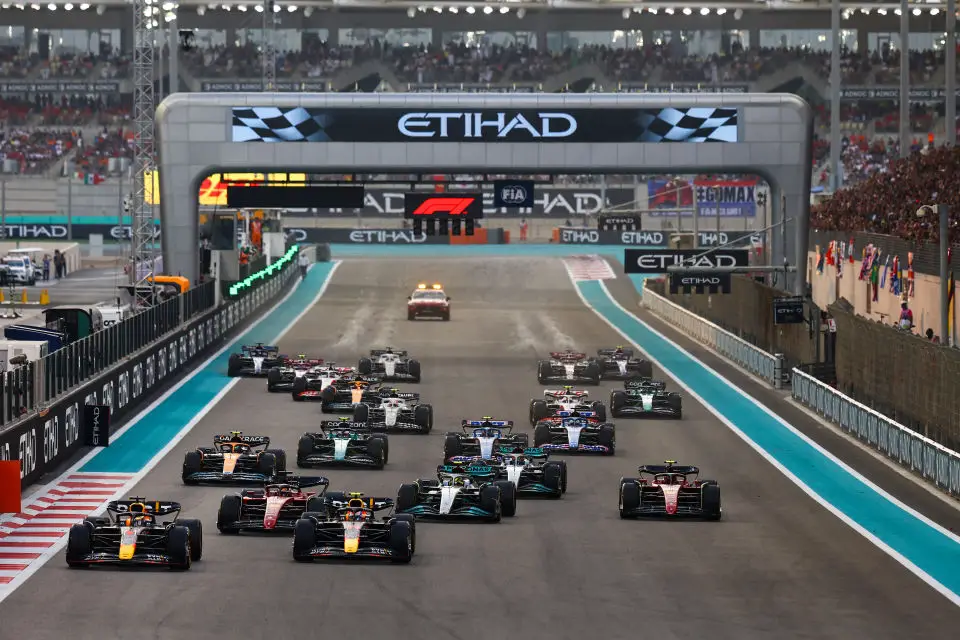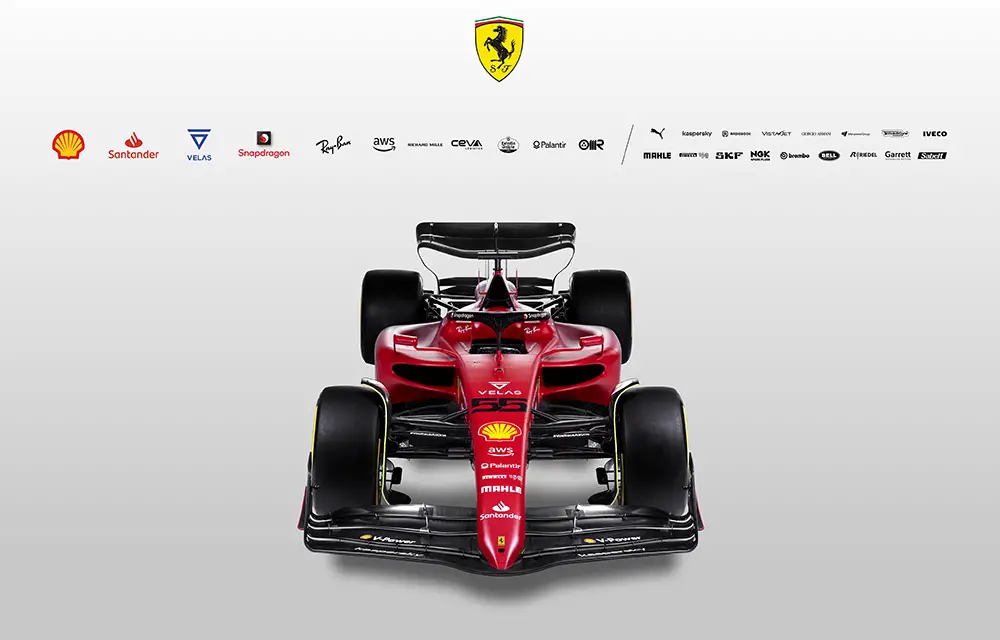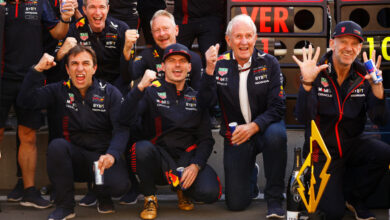FIA Freezes 2026 F1 Car Development: Levelling the Playing Field
In a major move to ensure fairness in Formula 1, the FIA has frozen the development of 2026 cars until 2025. This decision, revealed during the Abu Dhabi Grand Prix weekend, is a significant step towards maintaining technical parity across all teams.
Key Takeaways
- Comprehensive Ban on 2026 Car Development: The FIA’s ruling outlaws any wind tunnel or CFD work on the 2026 F1 cars until January 1, 2025. This move is aimed at preventing early advantages and ensuring a level playing field in future car development.
- Stable Technical Rules Until 2026: The technical regulations will remain unchanged for the next two seasons. However, a major overhaul is anticipated in 2026, affecting both chassis and engine regulations, providing teams with the opportunity to focus on current and near-future competitions.
- Regulatory Adjustments in Other Areas: In addition to the development freeze, the FIA has implemented changes such as reducing the notification period for standing restarts and revising post-race scrutineering procedures. The organization is also increasing efforts to minimize spray in wet conditions, following tests at Silverstone.

The Formula 1 landscape is set to experience a significant shift following the FIA’s decision to prohibit all teams from working on their 2026 cars throughout 2024. This directive, part of the updated 2024 sporting regulations, aims to ensure that no team gains an unfair advantage in the development of new-spec cars.
The regulations are explicit in their intention, stating: “In order to prevent testing which aims to develop for the 2026 season, from 1/12/2023 until 1/1/2025 inclusive, RWTT may only be carried out using a scale model that substantially complies with the 2023, 2024, or 2025 F1 technical regulations.” This directive is a significant step towards maintaining fairness and competition integrity in the sport.
Further adjustments have been made to the sporting regulations, impacting various aspects of race weekend protocols. The required notification period for a standing restart has been halved to just one minute. Additionally, there is a new time reduction for the pitlane opening and changes in how cars are worked on during pitlane starts. The approach to post-qualifying scrutineering has also been revised, reflecting the FIA’s commitment to evolving and improving the sport.
The FIA’s focus on safety and race quality is evident in their efforts to reduce spray in wet weather conditions. An additional four days have been allocated for testing, following evaluations conducted at Silverstone. This initiative forms part of a broader strategy aimed at enhancing safety and the quality of racing, especially under challenging weather conditions.
Overall, the FIA’s decision marks a pivotal moment in F1’s ongoing journey towards greater competitive balance and technical equality. As teams prepare for the upcoming seasons under these new regulations, the focus now shifts to maximizing performance within the existing technical framework, setting the stage for an exciting and equitable era in Formula 1 racing.




